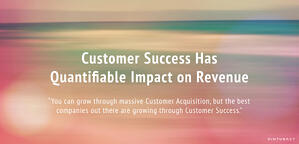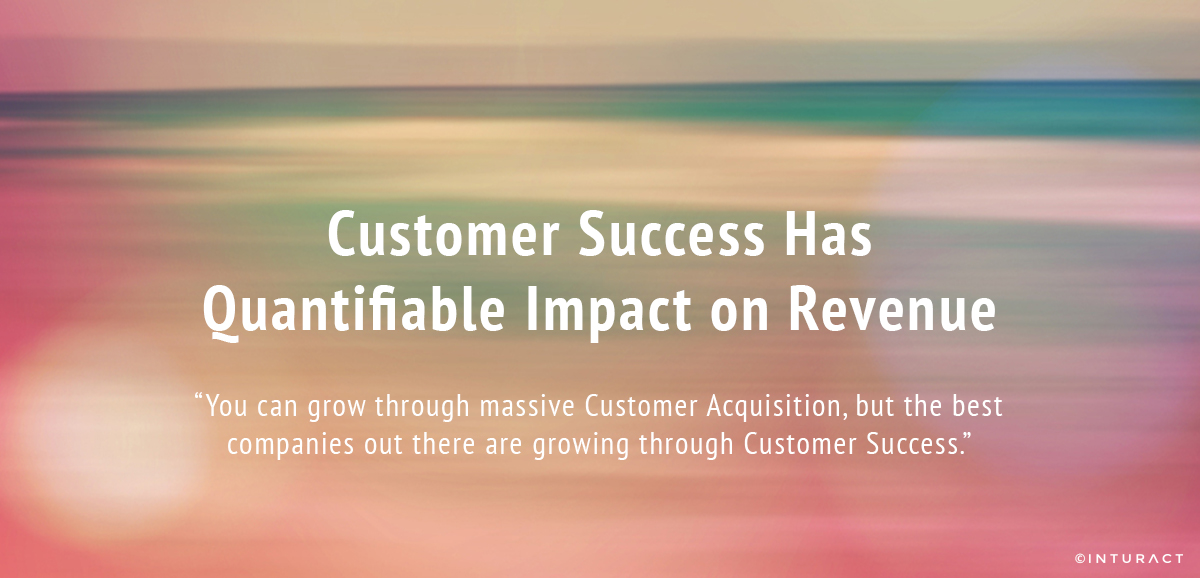
“You can grow through massive Customer Acquisition, but the best companies out there are growing through Customer Success.” — Lincoln Murphy
This blog entry was edited by Victoria Casal-Data, Bilingual Content Specialist at Inturact.
Customer Success Has a Quantifiable Impact on Revenue
Customer Success is a topic that every Growth Hacker, Marketer and Startup Founder needs to know about in order to take advantage of the most effective methodologies for reducing churn and increasing retention for SaaS companies.
For that reason, I took the time to dissect the content of the very impressive webinar by Kate Leggett: ‘The Economic Value of Customer Success.’ This is, by far, the best webinar I’ve attended in 2014.
I hope you find these notes useful.
Main topics:
- History
- What does all this have to do with Customer Success?
- The Three Dimensions of Customer Success Management
- First Dimension: Reduce Churn (& How to Calculate It)
- Second Dimension: Increase Existing Revenue
- Third Dimension: Influence New Sales
- Customer Success Drives Team Performance
- Conclusion
- Bonus Video: Reduce Churn and Drive Revenue With Customer Success Management
- Bonus Video: How to Drive Growth With Customer Success Metrics
History
Social media has ushered in the age of the customer. Customers now control the conversation due to a shift to user-generated content. This means that businesses must become more focused on delivering experiences that are in line with customer expectations.
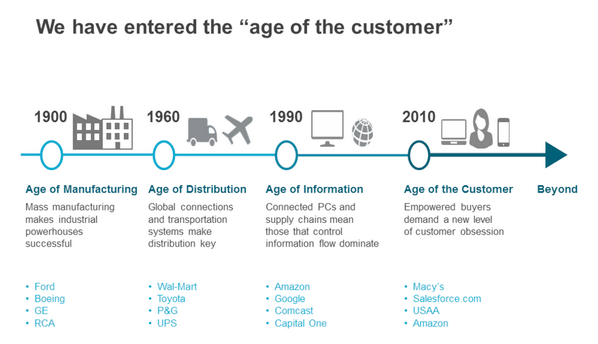
Our world is moving to a subscription-based economy. Instead of buying products, we’re subscribing to services on a monthly basis. Examples: Netflix, Amazon Prime, Spotify, and so on.

This means that industries are transforming their business models to embrace the subscription economy.
This business model is prevalent among enterprise companies:
- 13% of enterprises will be implementing SaaS within the next year
- 14% of enterprises have implemented SaaS
- 21% of enterprises will be expanding their existing SaaS implementation
There’s a whole set of software categories that are rapidly moving to a SaaS delivery mode and some have already seen significant success — learning and talent, sales automation, HRMS, and e-purchasing.
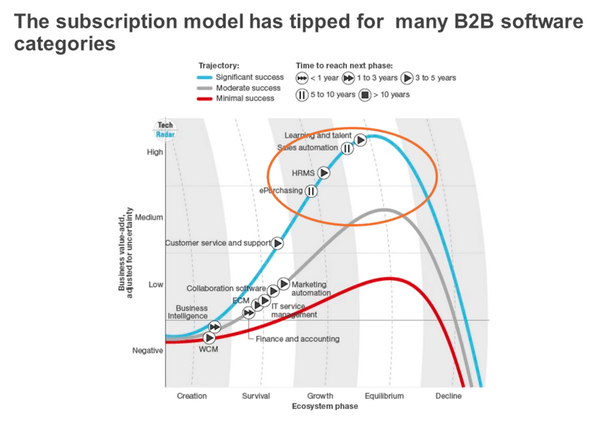
What does all this have to do with Customer Success?
Because of the subscription-based economy, relationships are becoming more important.
In this economy, businesses are required to build long-term relationships with their customers. These relationships are validated every month as customers renew their subscriptions. Because it’s more expensive to acquire new customers than retain them, making customers successful is the most strategic approach to business growth in the new economy.
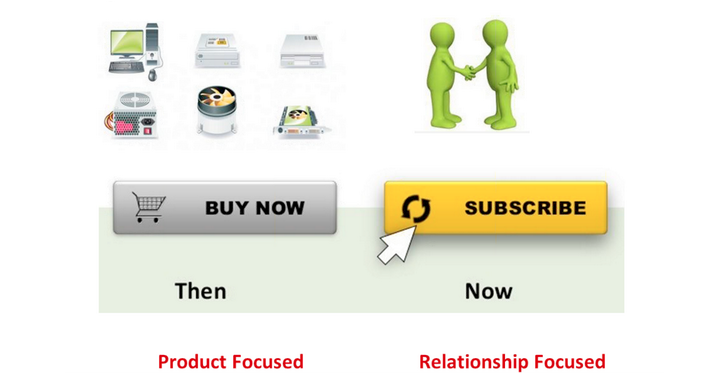
Good relationships have business value.
A customer that is happy with your products is a loyal customer.
- Are willing to spend a larger wallet share, leading to increased CLV
- Are more willing to consider additional products and services
- Are less likely to churn
- Will serve as a brand advocate
Revenue uplift due to customer loyalty can be quantified, which is the basis for Customer Success Management. As well, good relationships help reduce costs.
Because managing customer relationships has a quantifiable revenue impact, businesses are now investing in Customer Success.
(In fact, according to Jason Lemkin, Co-Founder and CEO of EchoSign, 80% of growth comes from existing customers.)
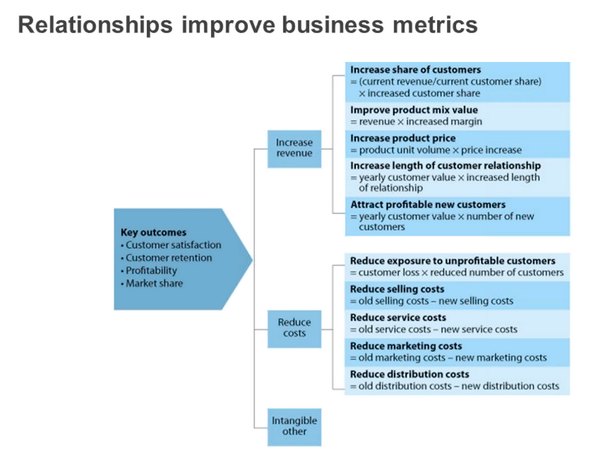
The Three Dimensions of Customer Success Management (CSM)
Customer Success Managers actively:
Customer Success Managers help businesses get greater economic value out of their current customer base.
First Dimension of CSM: Reduce Churn
Customer Success Management helps reduce churn. Companies follow a standard growth trajectory. When a company is starting out, all of its energy goes into acquiring customers. As it grows, there’s a focuses on retaining customers and minimizing churn. Once the company is established, there’s a focus on expansion through cross-selling and up-selling to customers. And during optimization and transformation, time and resources are spent on engaging with the most profitable customers and defining standardization for engagement.
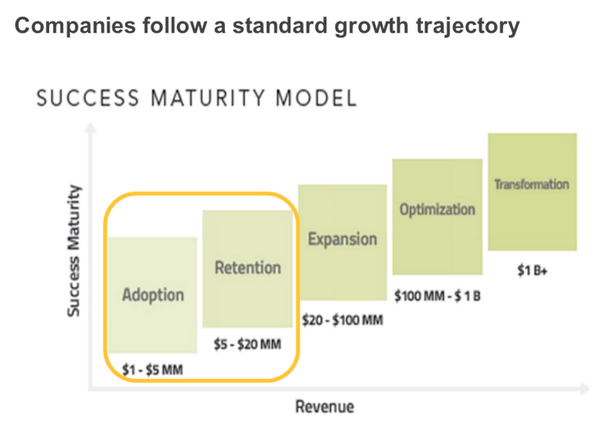
During business growth, CSMs tier customers. For each tier, there will be different engagement strategies.
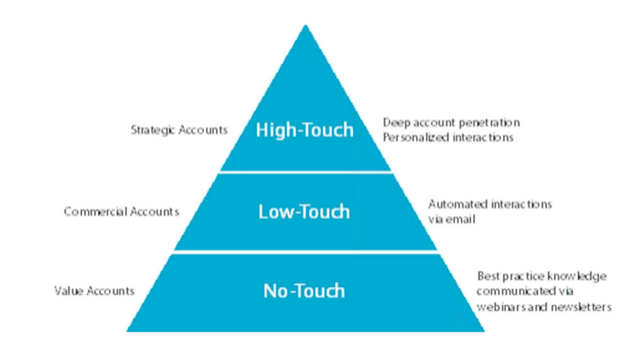
Along the way, churn becomes increasingly important because a larger percentage of revenue comes from existing customers.
To calculate the impact of churn:
Net New MRR/ACV = New MRR/ACV (New Customers) + Expansion MRR/ACV (Existing Customers) - Churned MRR/ACV (Lost Customers)
MRR = Monthly Recurring Revenue
ACV = Annual Contract Value
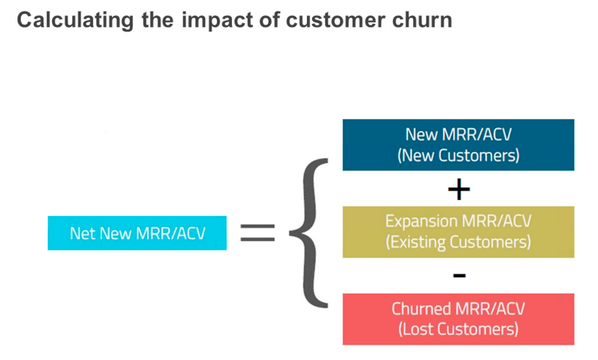
The negative impact of churn can be quantified. In the chart below, all else the same, the company that follows the green trajectory has a 95% retention rate and the company that follows the orange trajectory has an 80% retention rate. Five years later, the green company has only lost 30 customers but the orange company has lost 120 customers. This leads to a difference in two-million dollars in revenue.
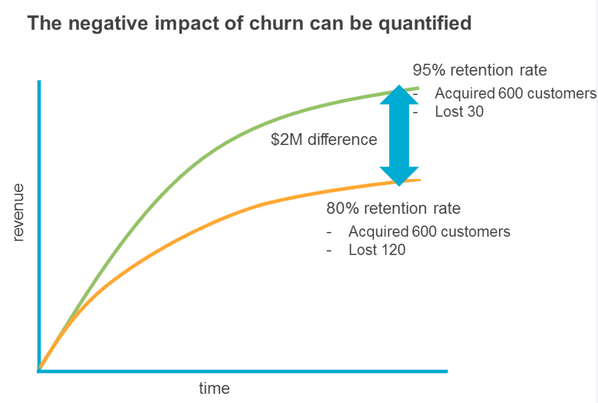
Churn is dependent on deal size. There’s a correlation between average deal size and retention rate. (This data is based on a study of over 200 SaaS companies.)
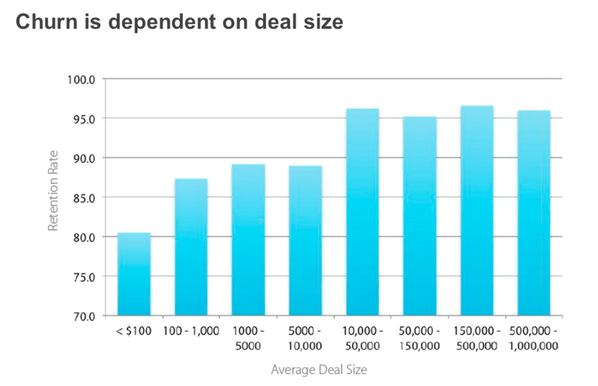
Second Dimension of CSM: Increase Existing Revenue
Customer Success Managers help customers realize the economic value of the products and services they've bought.
They have all the information about how customers are using the product. They understand their customers’ business goals and how the solutions that they've bought are helping them maintain a need-to-use business goal.
Using this data, Customer Success Managers help both the customers and the business to quantify the economic value of a purchase.
Third Dimension of CSM: Influence New Revenue
Customer Success Managers influence new sales by increasing advocacy. Brand advocates are highly satisfied customers and are more valuable than average customers. Advocacy activity — such as positive ratings and reviews— have a positive quantifiable impact.
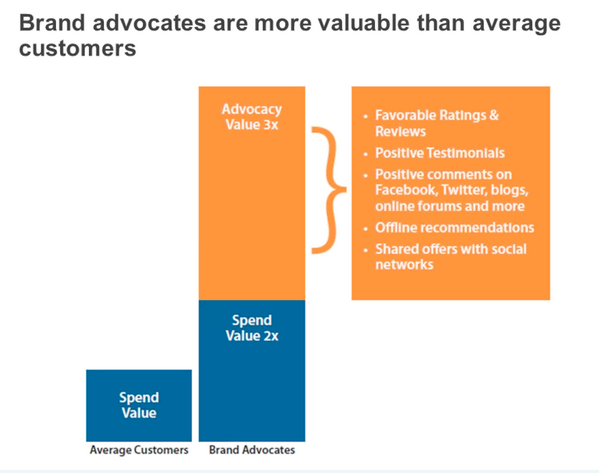
Brand advocates will also buy your products and services again. They spend close to twice as much or more on products and services than the average customer and they act as a virtual sales force, driving new sales.
Blue — Original purchase
Red — Upgrade bought in the second year
Yellow — Upgrade bought in the third year
Green — An advocate moving to another company and buying your product again
Purple — Revenue generated from advocacy activities
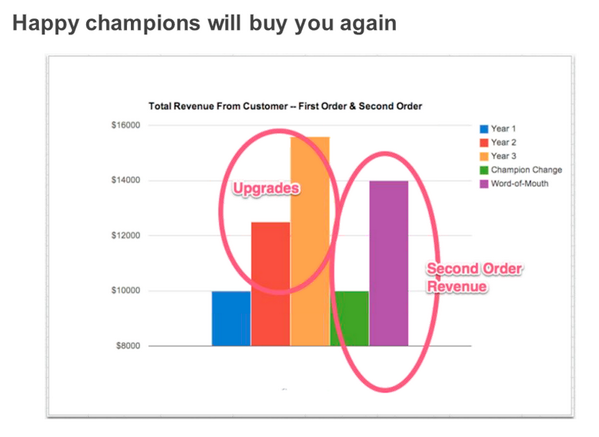
Customer Success Management Drives Team Performance
A hidden benefit of CSM is that it drives team performance.
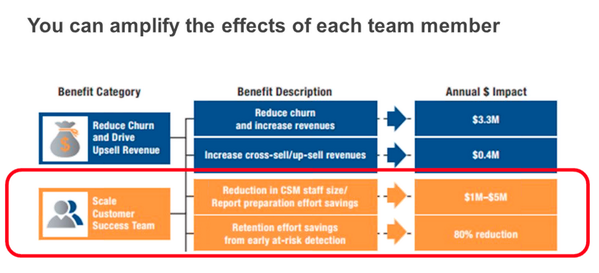
To be successful at CSM you need to have discipline in four areas — engagement strategy, engagement process, engagers, and engagement levers.
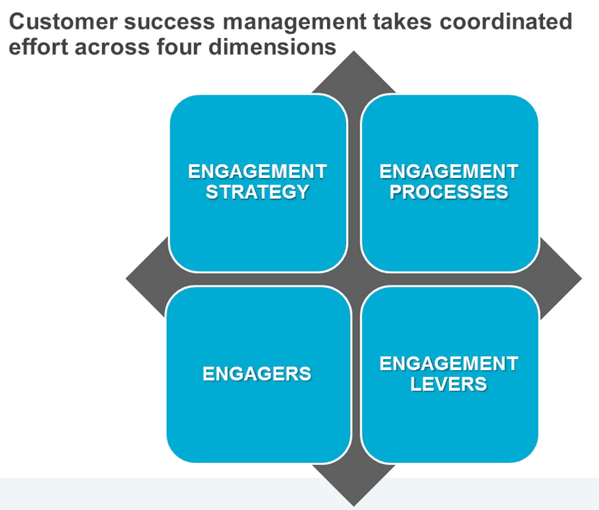
Conclusion
We've moved to a subscription-based economy — products and services are being consumed as SaaS. In this business model, being able to manage customer relationships to drive greater economic value is becoming even more important. Good relationships will increase customer loyalty, decrease churn, increase CLV, and help customers become brand advocates to influence new sales.
Bonus Videos
Reduce Churn and Drive Revenue With Customer Success Management
How to Drive Growth With Customer Success Metrics
This article was originally posted on Medium.


